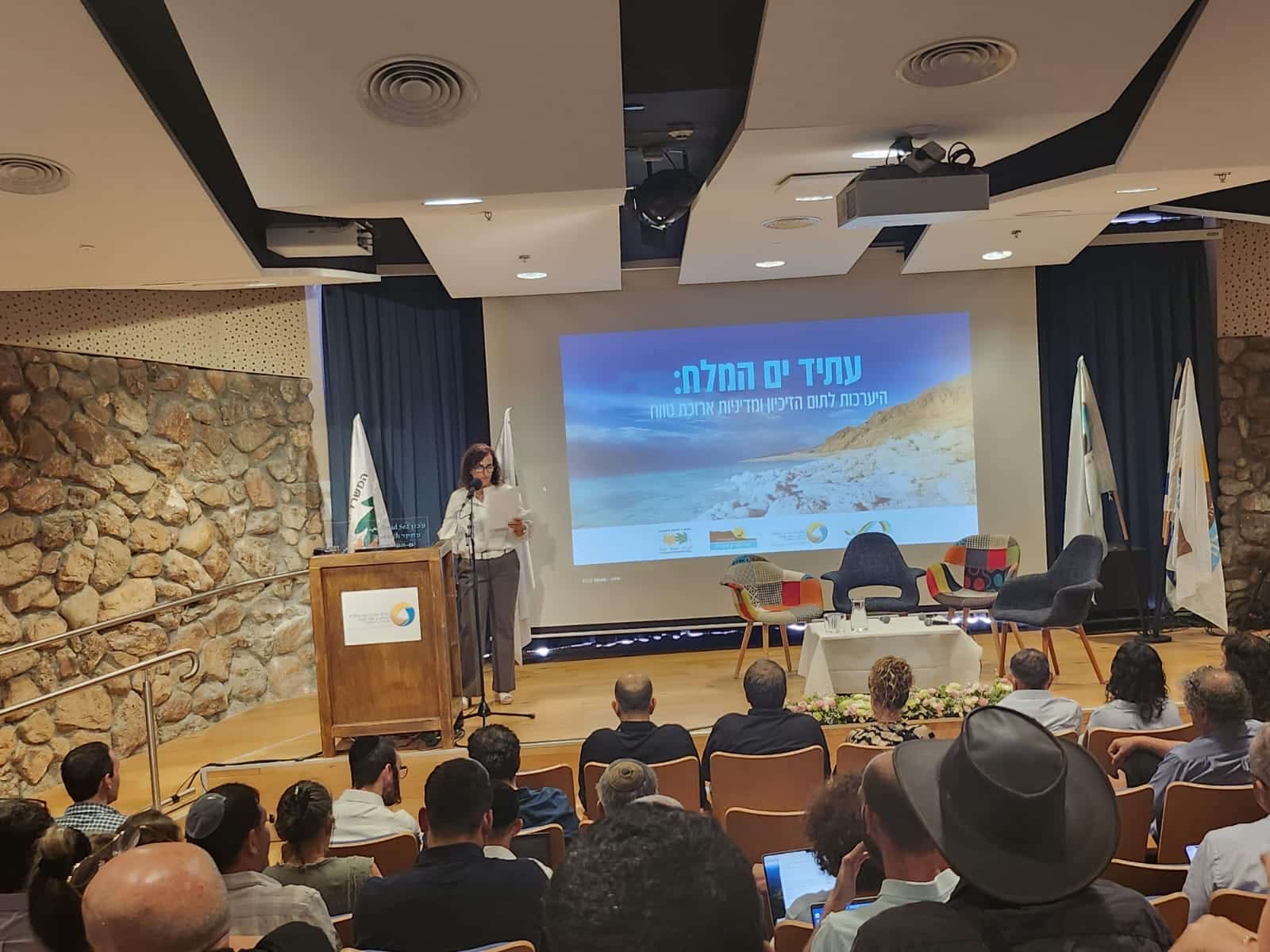
In these days of the unknown; lockdowns, climate change, technology advancement and masked faces, it...
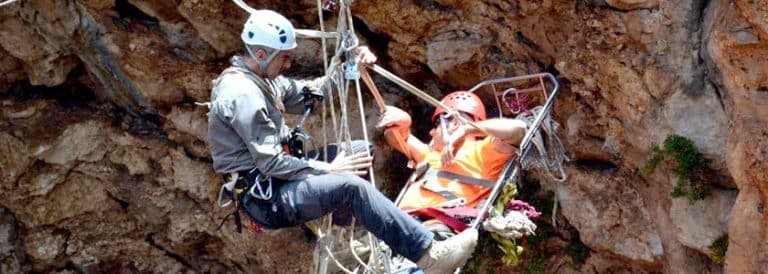
The Tamar region is prone to some very extreme climate phenomena. Flooding, high heat, arid...

How long does it take to establish a school? 1 year? Two years? How long...
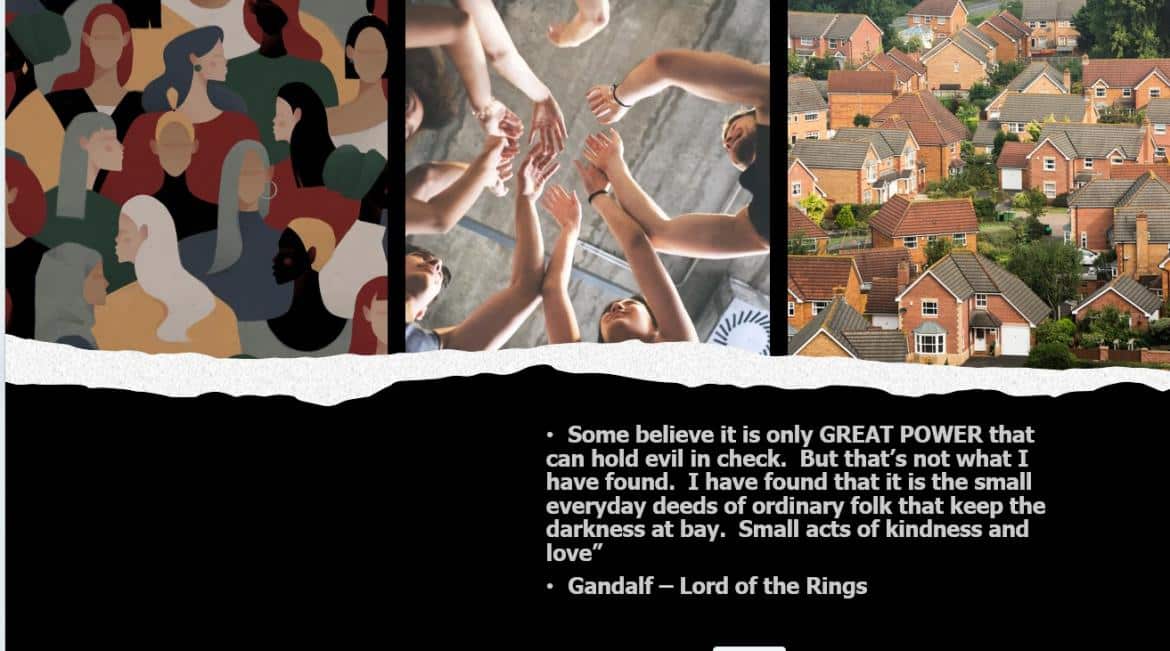
From all the preparations in the summer for a new school year to the devastating...
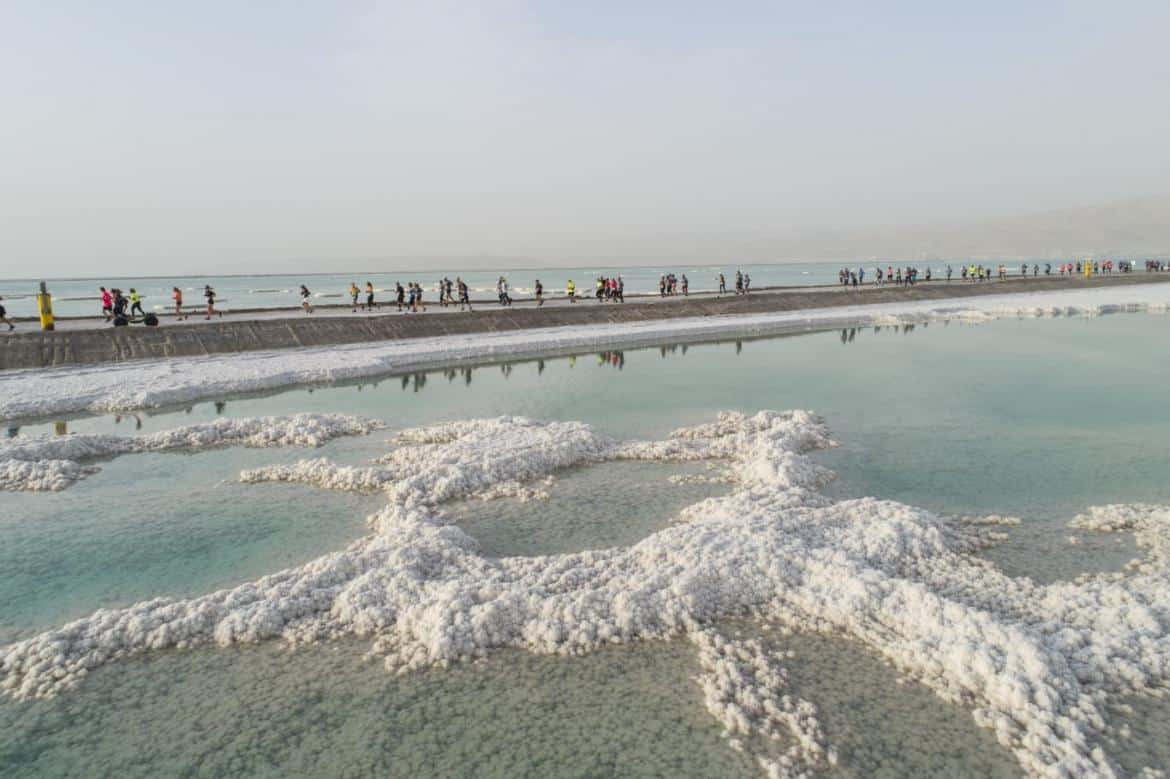
Despite the problems in the country at the moment, the Tamar Regional Council is still...
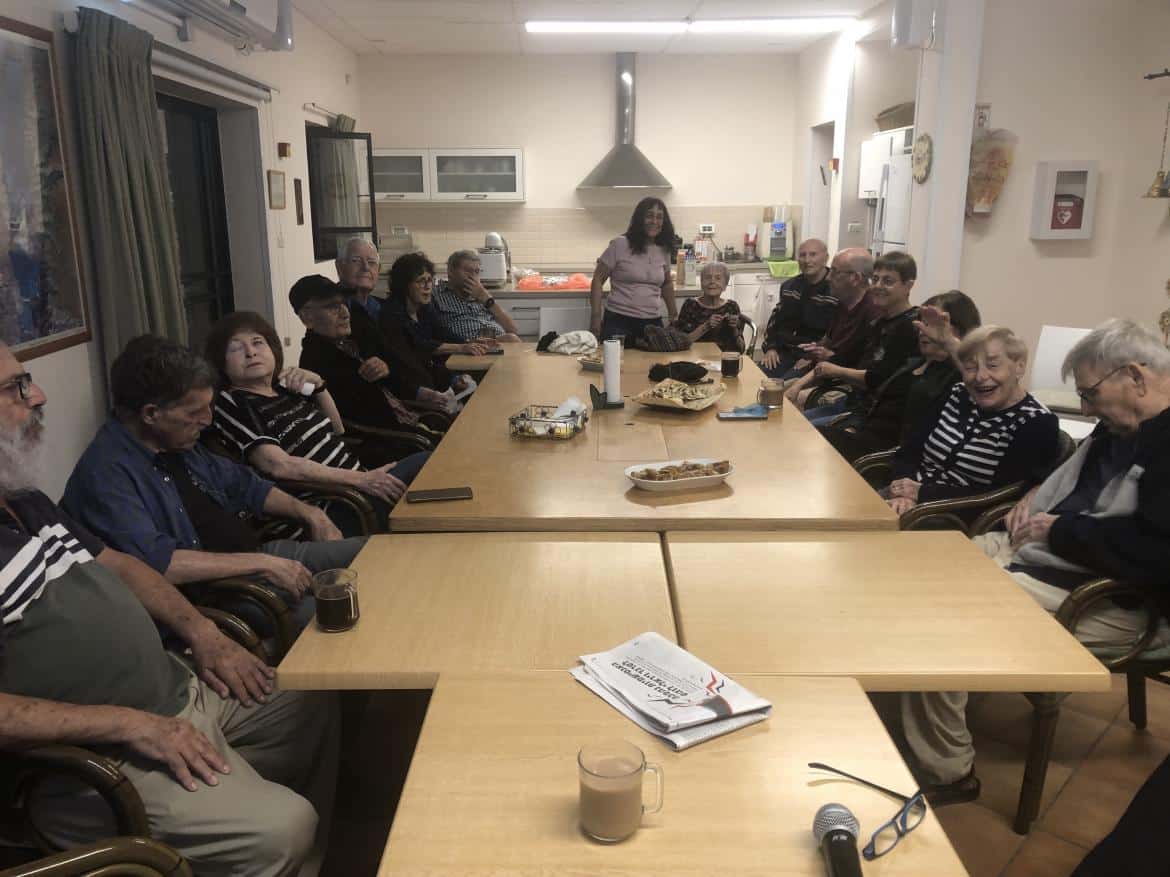
The age old outrage of antisemitism has risen its ugly head in abundance. Why is...
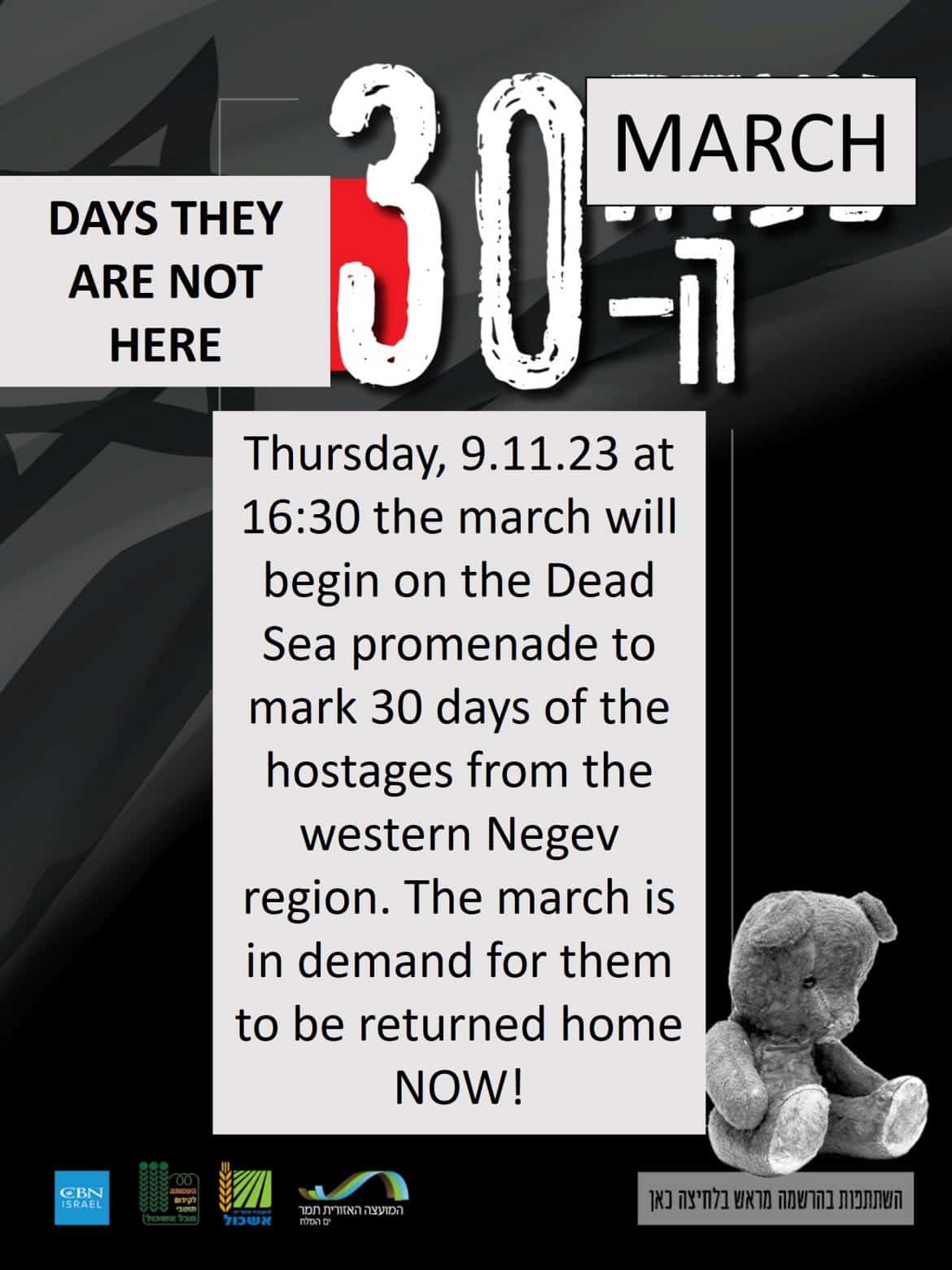
The Dead Sea region continues its campaign to shout to the world - FREE THE...

War is not just a battle on the fields of contention, but behind the scenes...

The State of Israel has found itself in a conflict with the most devastating consequences....
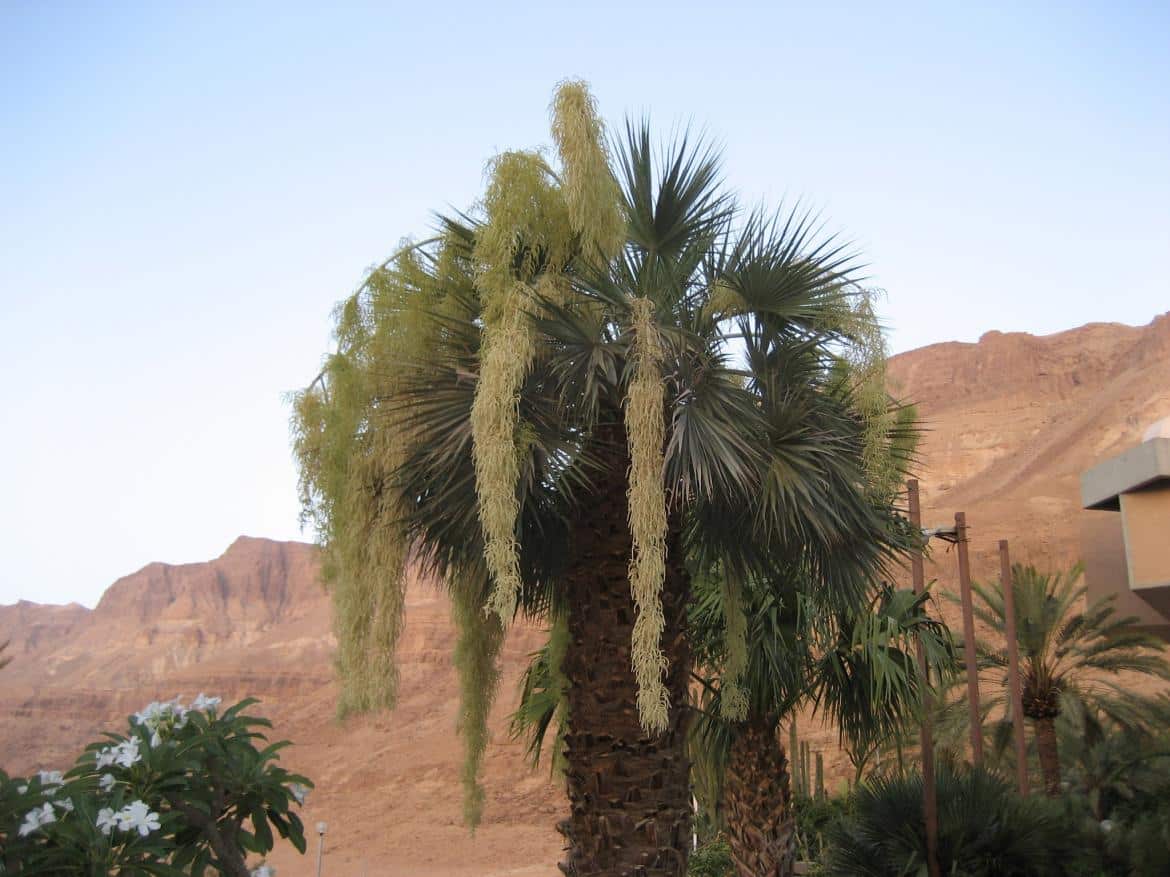
In the early hours of Saturday morning, the Hamas Terror organization infiltrated the borders of...
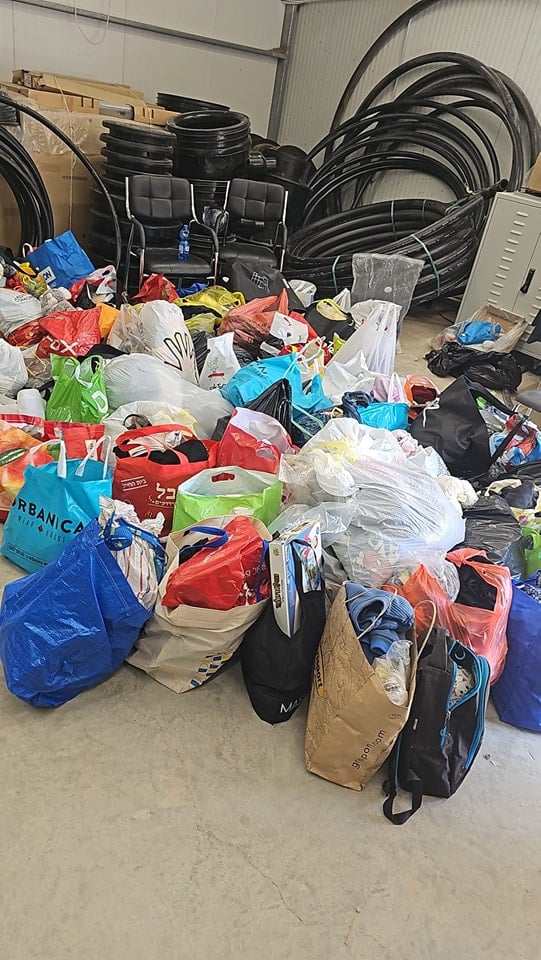
Israel woke up on Saturday morning at 06:29 exactly to a state of war. A...
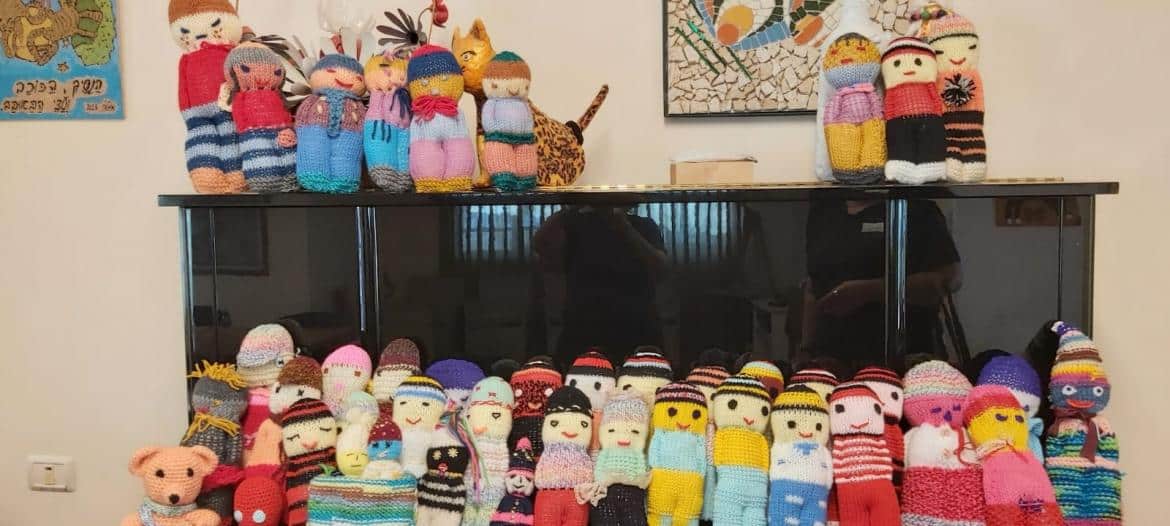
An age old tradition, not forgotten, is still creating interest, smiles and happiness for many...

After years of anticipation, the opening shot was given to upgrade the solarium complex led...
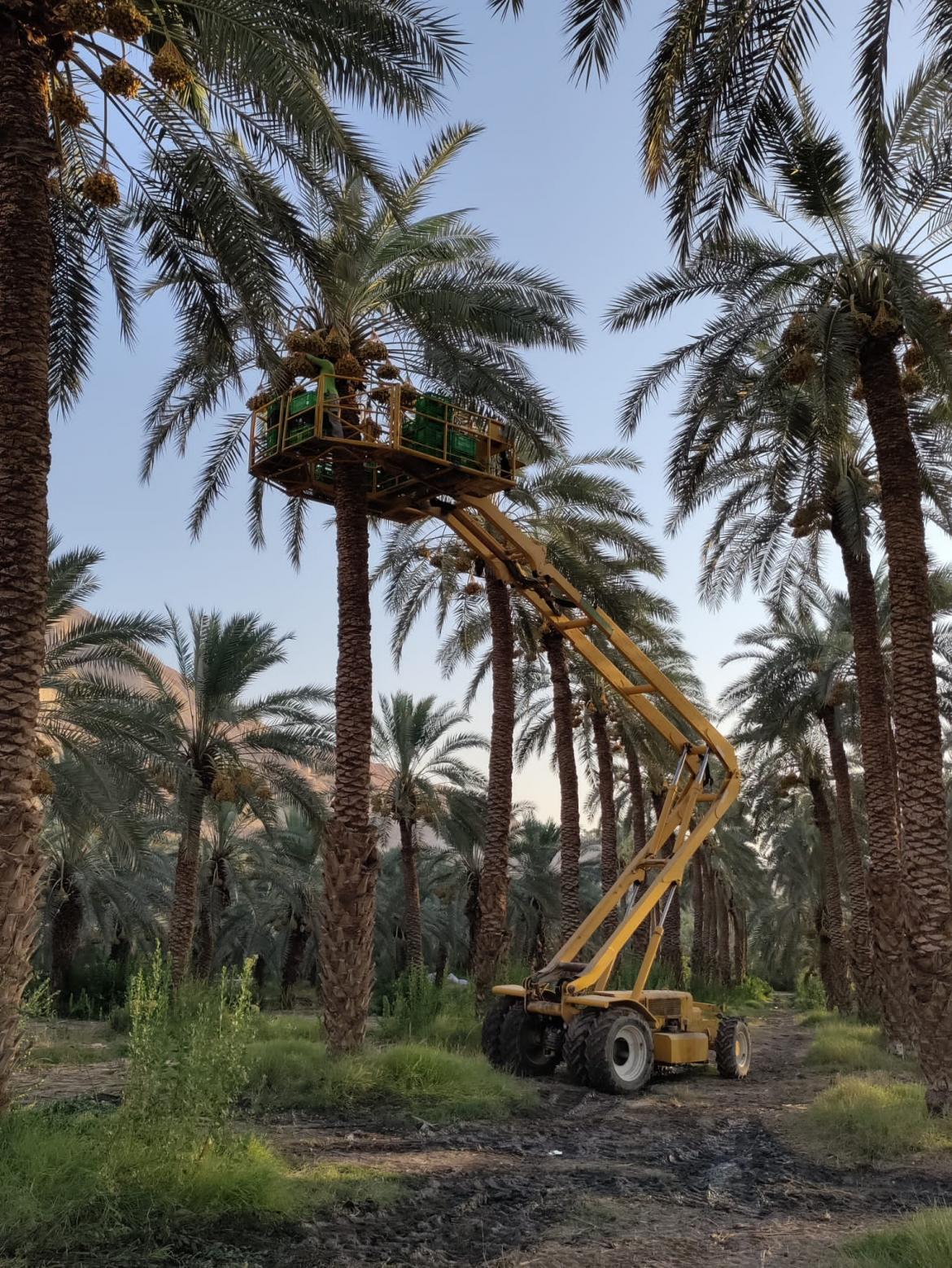
The First Annual Harvest of Dates at the Dead Sea: A Remarkable Endeavor.
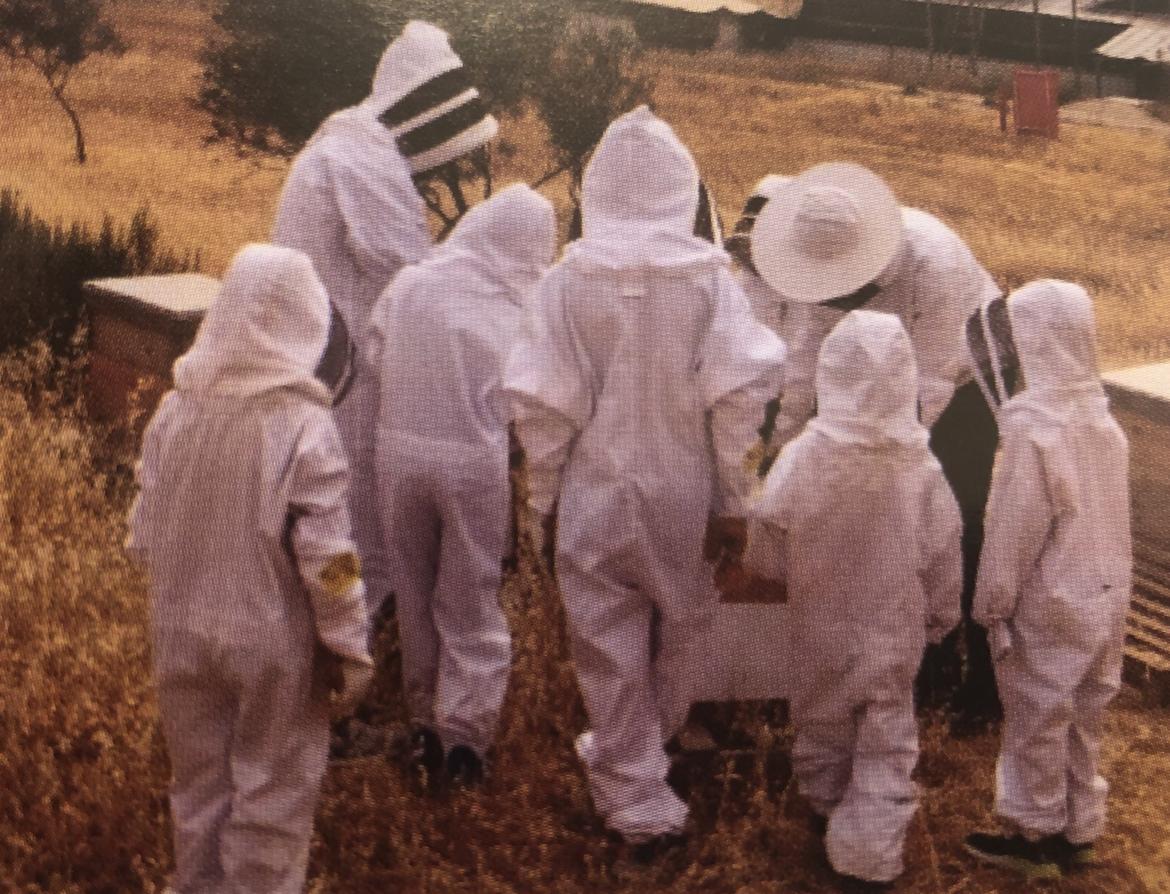
A glimpse of a unique beekeeping project in Har Amasa.. A combination of community spirit...

We are all being driven crazy but unpredictable weather. Is it getting hotter and hotter...

Blooms and Blossoms are abundant in the summer months at Ein Gedi Botanical Gardens.

Foreign Ambassadors in Israel are part of a CLUB! Read on to understand the dedication...

After school, national holidays, long summer holidays? What do the youth of Tamar get up...

An endangered species, a majestic creature, a sociable animal and a delight for visitors ...

Would you live in extreme climate temperatures, arid desert, remote location, lowest point on earth?...
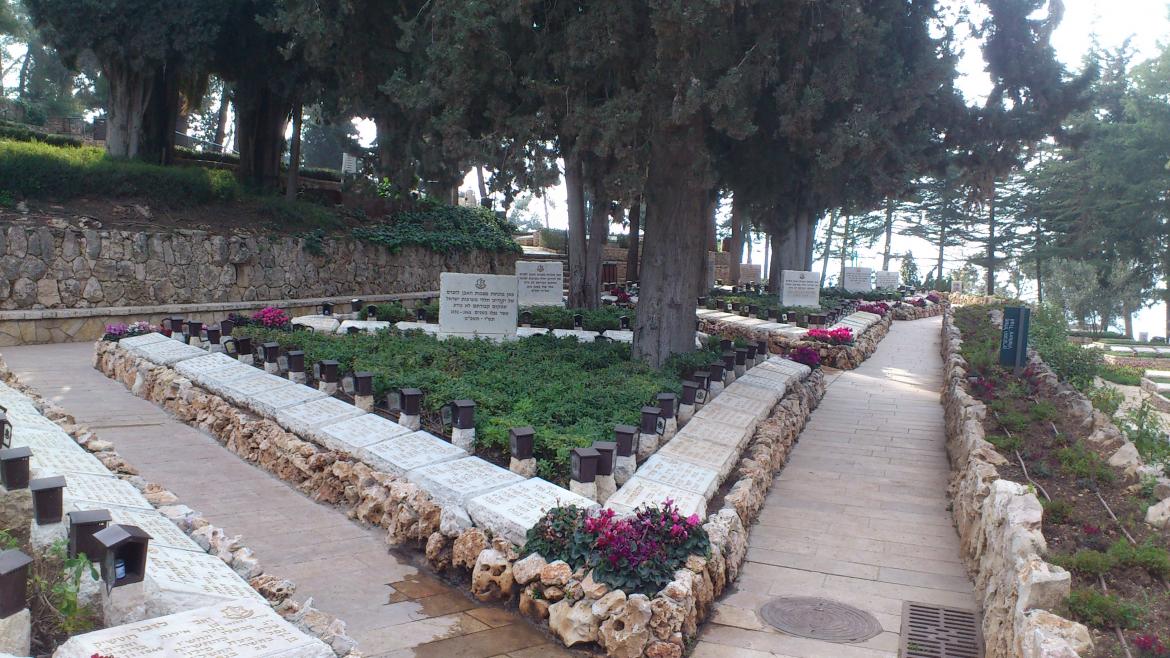
Searching for soldiers missing in action is no mean feat, but when you get involved...
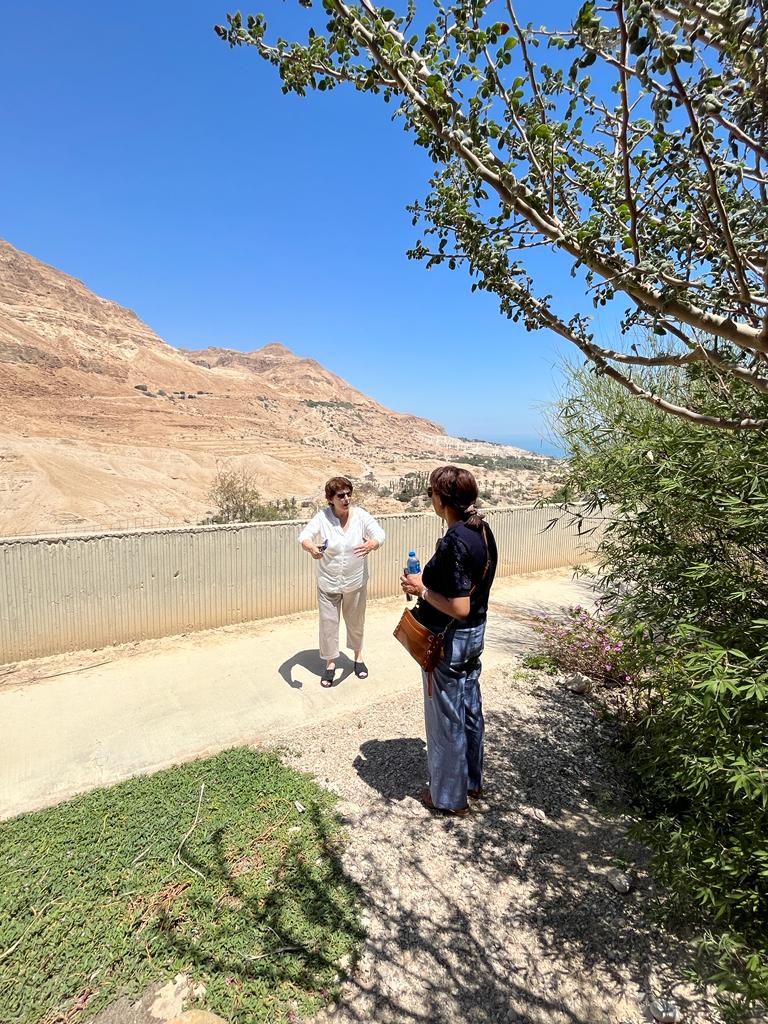
The Executive Director of the Jewish Federation at Tulsa visited the region recently and discussed...
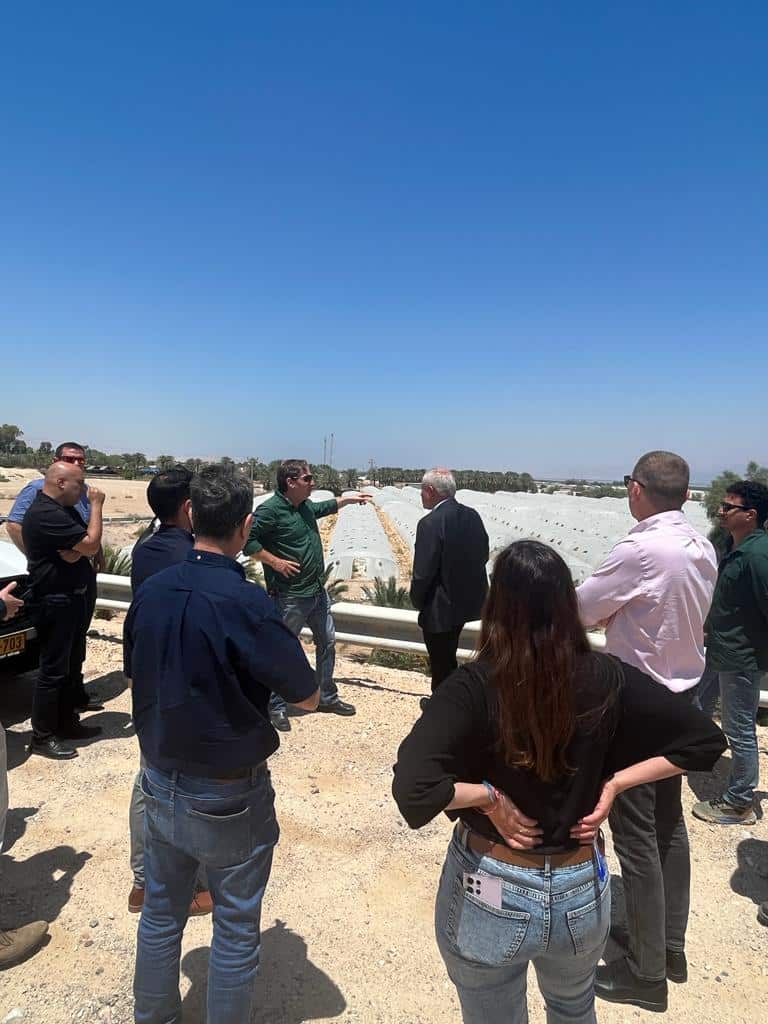
The challenges of agriculture are worldwide, but vital to our mere existence. The Tamar Regional...
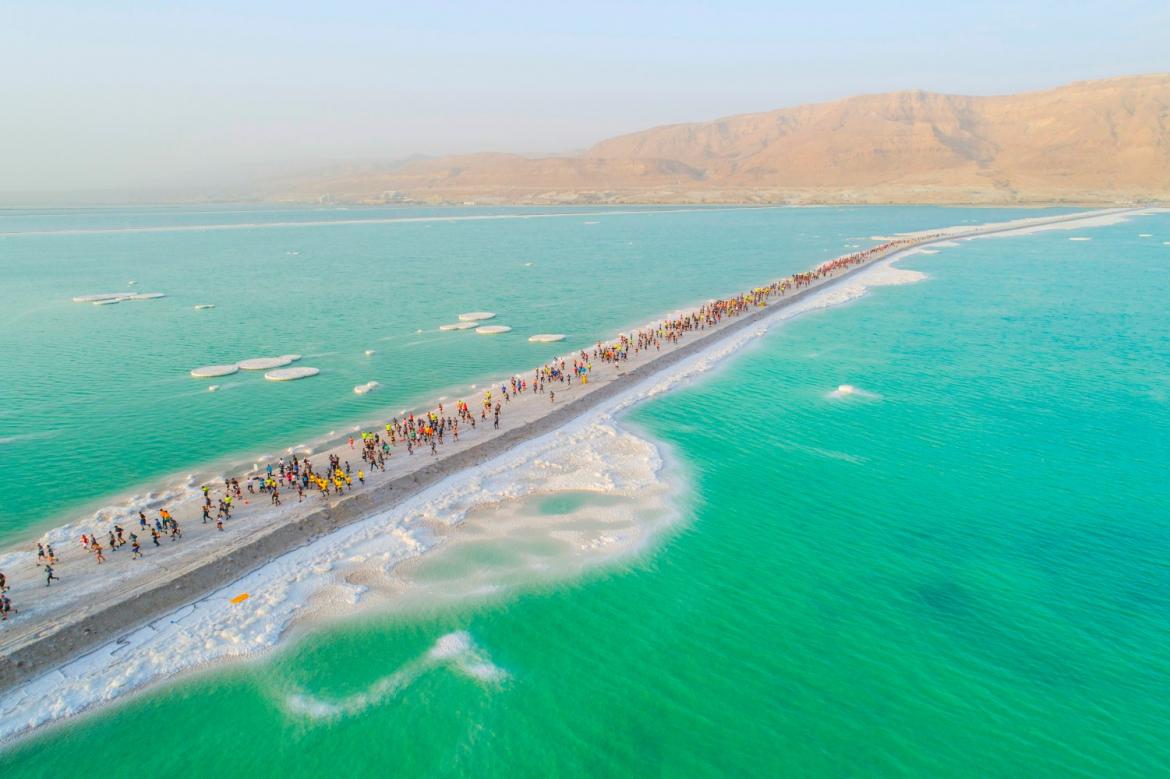
DEAD SEA MARATHON ISRAEL FRIDAY 2/2/2024 - EIN BOKEK Get ready to lace up your...
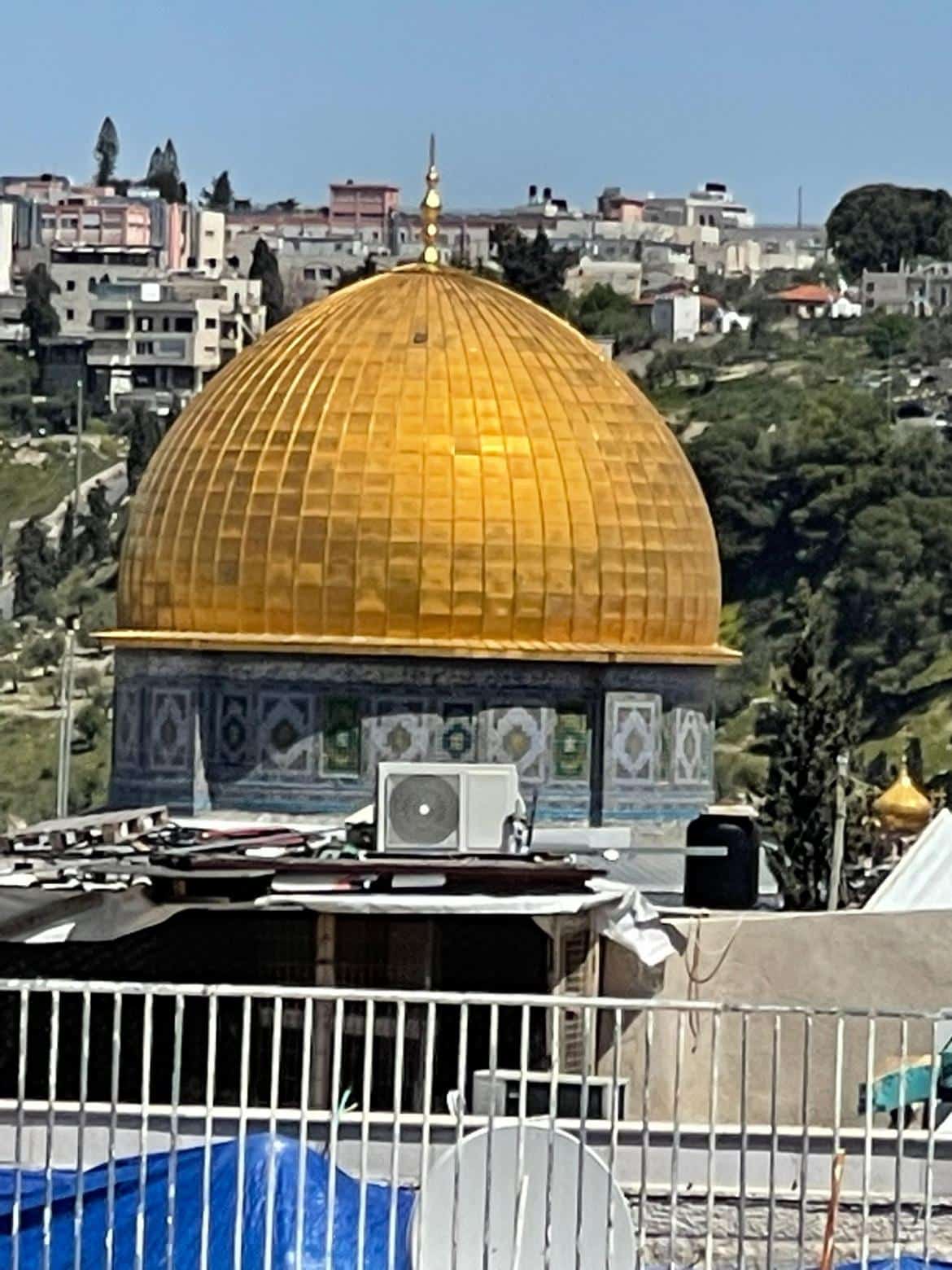
The youth exchange programme was postponed for three years due to the COVID-19 but this...

Bikurim (excellence in Art and Music), a programme that joined the Ein Gedi in recent...
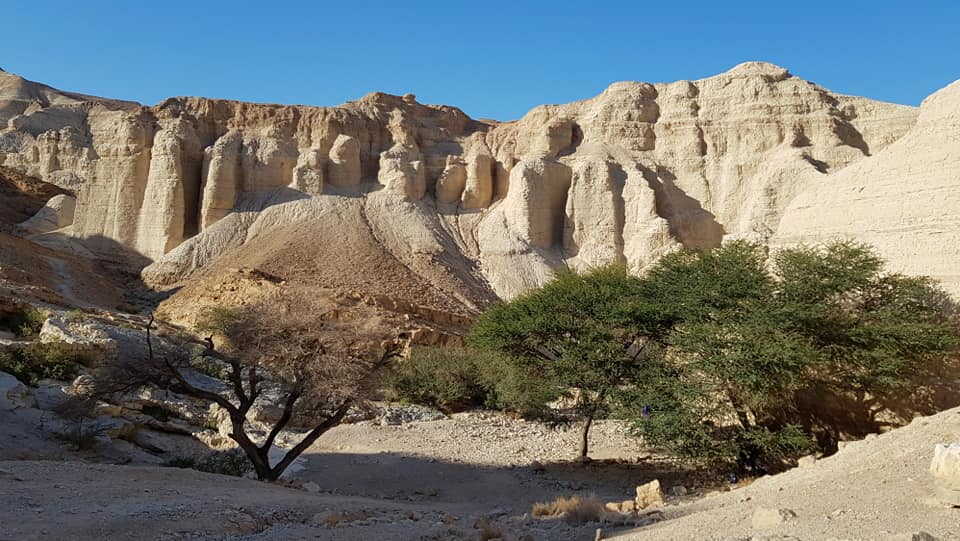
The International Relations Department of the Tamar Regional Council doesn't rest for a second. Every...

The Tamar boarding school situated at Ein Gedi has many stories to tell. It started...
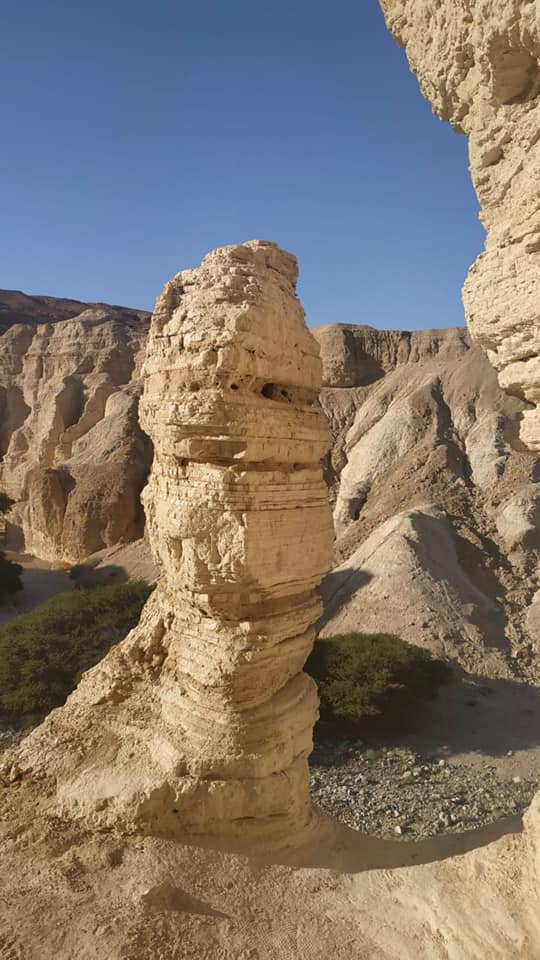
So much has nature bestowed upon here at the lowest place on earth. The Tamar...

November 2016 saw an event for the history books - swimmers from 25 countries swam...
